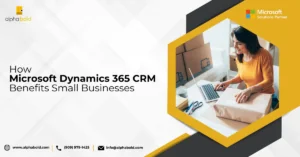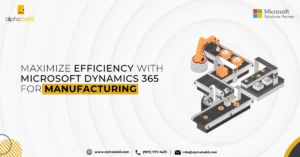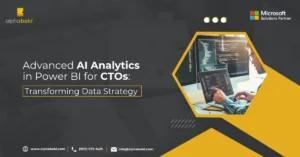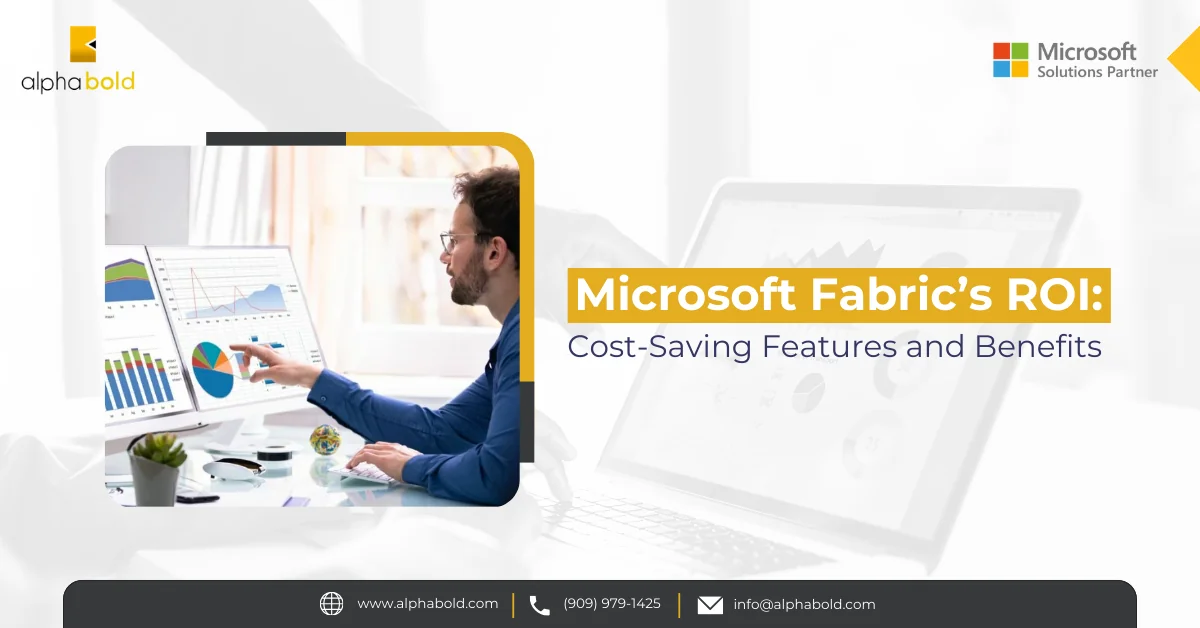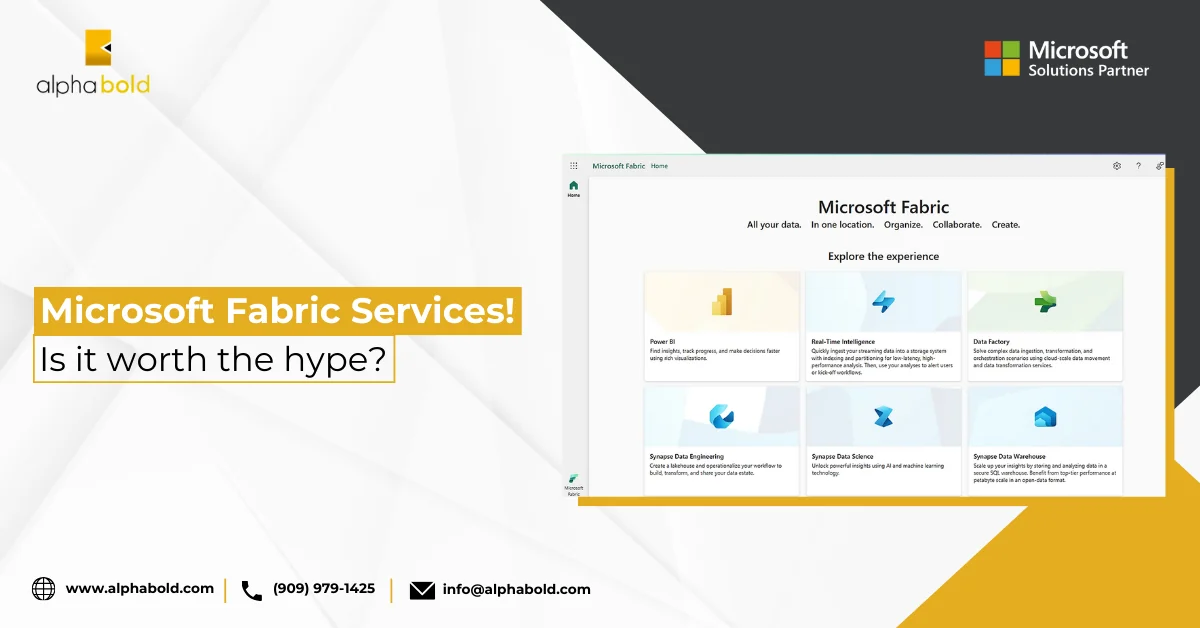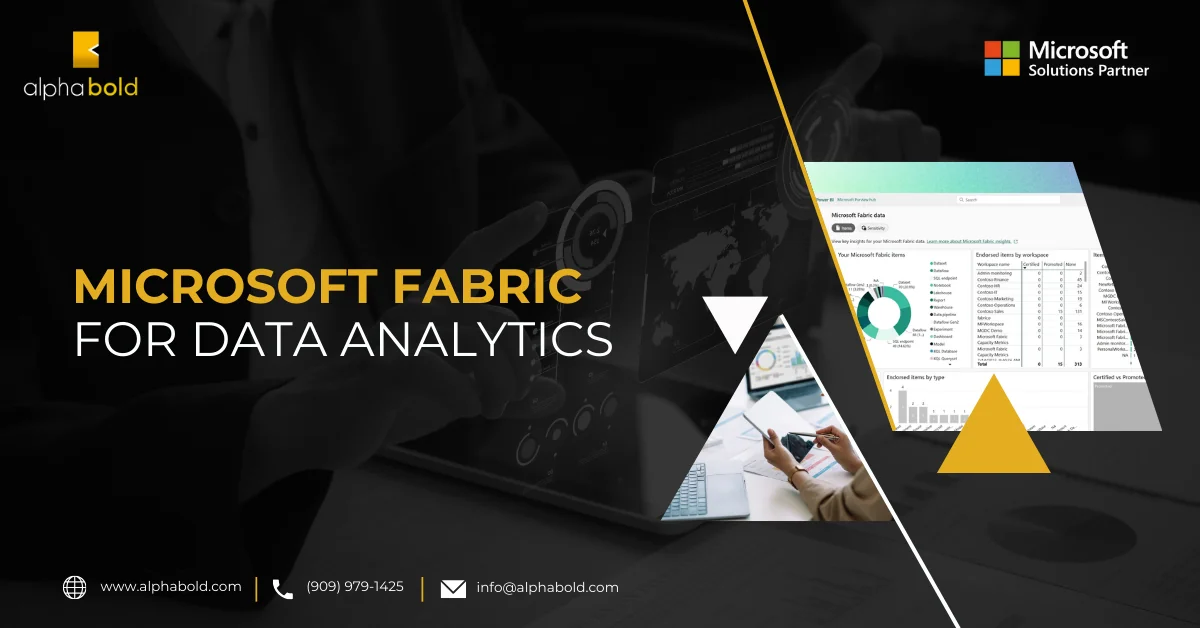Introduction
Microsoft Fabric is revolutionizing the landscape of data platforms, providing innovative solutions that are rapidly gaining traction among data enthusiasts and industry professionals alike. This powerful tool is not just popular but is dramatically transforming market dynamics by offering unparalleled data integration capabilities. In this comprehensive guide, we will delve into the out-of-the-box features of Microsoft Fabric, focusing on how it facilitates seamless data integration with OneLake. Whether you’re looking to simplify your ETL processes, mirror databases effortlessly, or manage diverse data types, Microsoft Fabric offers a robust and user-friendly platform to meet all your data needs. Join us as we explore the transformative potential of Microsoft Fabric and how it can optimize your organization’s data strategy, enhance real-time analytics, and streamline data management processes.
The Power of Microsoft OneLake
OneLake is at the heart of Microsoft Fabric’s innovative approach to data integration, functioning as a centralized storage solution that simplifies data management across your organization. Imagine OneLake as the OneDrive for all your data – a unified, accessible repository where you only pay for the storage you use, free from the complexities often associated with data storage solutions.
OneLake is meticulously designed to serve as the single, comprehensive location for all your organization’s data, ensuring that data is easily accessible, manageable, and secure. Regardless of the type of data or its source, OneLake provides a cohesive environment where data can be seamlessly integrated and stored. This includes data from LakeHouse, Data Warehouse, or even semantic models.
All data within OneLake is stored in Delta Parquet files, a format that optimizes data storage and retrieval, ensuring high performance and efficiency. Delta Parquet files combine the best features of both Parquet and Delta Lake formats, providing the ability to handle large volumes of data with exceptional speed and reliability. This format supports ACID transactions, scalable metadata handling, and efficient querying, making it ideal for a variety of data storage needs.
The true power of OneLake lies in its ability to streamline data management processes. By centralizing all data into a single location, organizations can eliminate data silos, reduce redundancy, and improve data governance. OneLake facilitates seamless data integration across different platforms and applications, enabling real-time data access and analytics. This ensures that decision-makers have the most accurate and up-to-date information at their fingertips, enhancing overall business agility and responsiveness.
Moreover, OneLake supports a wide range of data sources and formats, making it a versatile solution for diverse data management needs. Whether you’re dealing with structured data from relational databases, unstructured data from IoT devices, or semi-structured data from applications like Excel, OneLake can handle it all with ease.
In summary, OneLake is a revolutionary data storage solution that offers simplicity, efficiency, and scalability. By centralizing your organization’s data in OneLake, you can unlock the full potential of your data assets, streamline your data management processes, and drive more informed decision-making.
Further read Microsoft Fabric’s ROI: Cost-Saving Features and Benefits
Simplified Data Integration with Microsoft Fabric
One of the standout features of Microsoft Fabric is its remarkable ability to integrate data seamlessly without the need for complex ETL (Extract, Transform, Load) processes. Traditionally, data engineers have relied on a variety of ETL tools such as SSIS, Azure Data Factory, Stitch, or AWS Glue. These tools, while powerful, often require significant technical expertise and can incur substantial costs, both in terms of licensing and the skilled personnel needed to manage them.
Microsoft Fabric revolutionizes this aspect of data integration by offering a suite of built-in tools designed to simplify and streamline the entire process. With Microsoft Fabric, you have access to a comprehensive set of capabilities that allow you to move, connect, and mirror your data effortlessly, all straight out of the box.
See Microsoft Fabric in Action
Discover how Microsoft Fabric can revolutionize your data integration and management. Request a Demo Today and experience the seamless, powerful capabilities firsthand.
Request a DemoEliminating the Complexity of ETL Processes:
Microsoft Fabric eliminates the need for traditional ETL processes, which typically involve multiple steps and complex workflows to extract data from various sources, transform it into a suitable format, and load it into a target system. This traditional approach not only demands considerable time and resources but also introduces potential points of failure and requires ongoing maintenance to adapt to changing data sources and requirements.
By contrast, Microsoft Fabric offers a more intuitive and efficient approach to data integration. It provides automated tools that handle the heavy lifting, allowing you to integrate data from diverse sources without extensive configuration or coding. This means that even organizations without extensive technical expertise can leverage powerful data integration capabilities, reducing both the time and cost associated with traditional ETL processes.
Out-of-the-Box Data Movement and Connectivity:
Microsoft Fabric equips you with everything you need to move and connect your data seamlessly. The platform supports a wide range of data sources, including cloud-based databases, on-premises systems, and various data storage solutions. This flexibility ensures that you can easily integrate data from virtually any source, regardless of its location or format.
The built-in tools within Microsoft Fabric allow for straightforward data movement, ensuring that data flows smoothly between different systems and applications. Whether you’re looking to synchronize data across multiple platforms, consolidate data into a single repository, or enable real-time data access for analytics, Microsoft Fabric has you covered.
Effortless Data Mirroring:
One of the most powerful features of Microsoft Fabric is its ability to mirror databases with minimal configuration. Whether your databases are hosted on Azure SQL Database or other cloud platforms, Microsoft Fabric provides near real-time mirroring capabilities that support Change Data Capture (CDC). This ensures that your data is always up-to-date and accurately reflects changes as they occur, without the need for complex connectors or manual interventions.
In addition to Azure SQL Database, Microsoft Fabric also supports mirroring for Cosmos DB and plans to extend this capability to on-premises SQL Server and MongoDB in the near future. This expansive support for various databases means that you can achieve comprehensive data integration across your entire IT ecosystem, regardless of the specific technologies you use.
Read more about Manage configurations in SQL Server Database project via SQLCMD variables
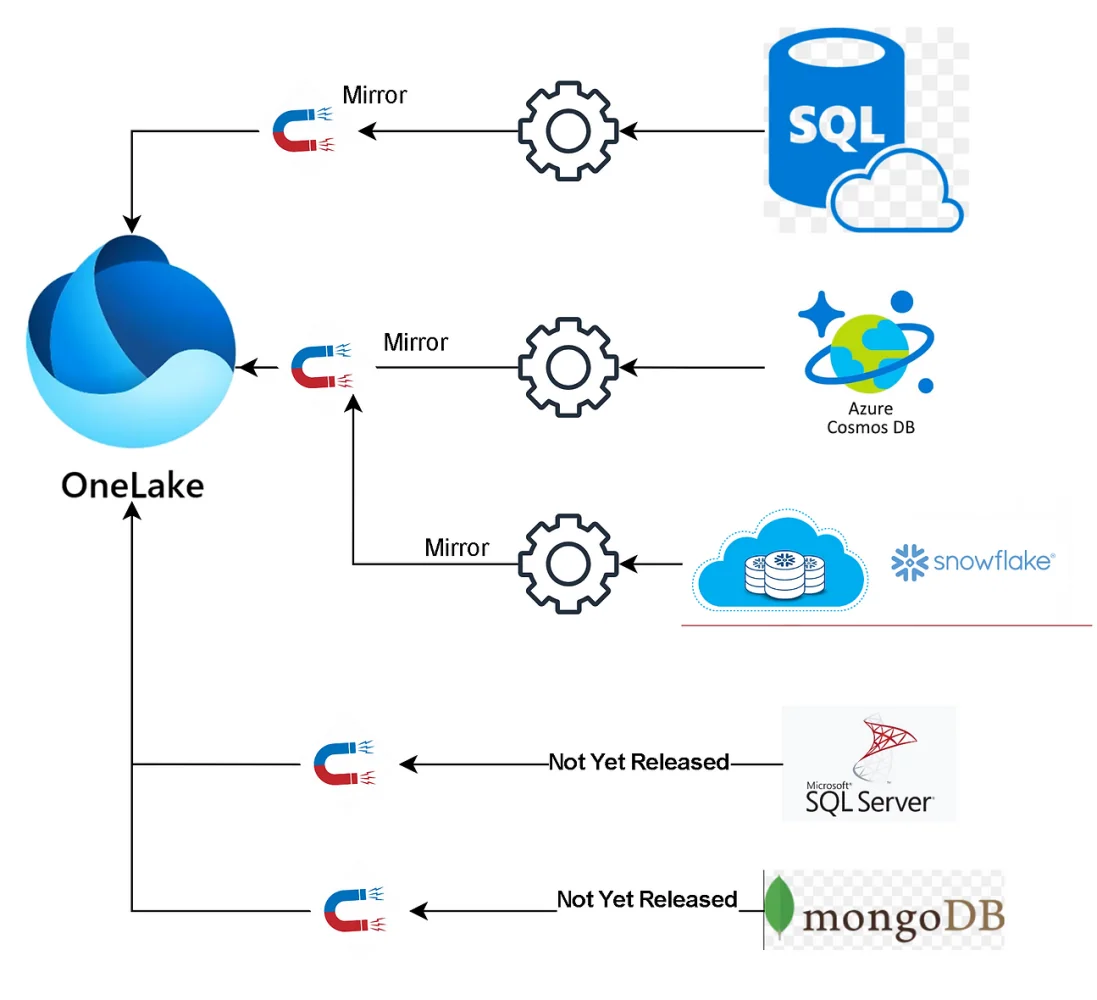
In summary, Microsoft Fabric dramatically simplifies the process of data integration by eliminating the need for traditional ETL processes and providing all the necessary tools to move, connect, and mirror your data right out of the box. This innovative approach not only reduces the complexity and cost associated with data integration but also ensures that your organization can quickly and easily access the data it needs to drive informed decision-making and enhance overall operational efficiency. With Microsoft Fabric, seamless data integration is no longer a daunting task but a streamlined, accessible process that empowers your organization to make the most of its data assets.
Important: The database mirror feature is still in preview, and Microsoft is planning to launch support for on-prem SQL Server and MongoDB in CY 2024.
No Physical Data Movement? No Problem
Creating Shortcuts in OneLake:
Imagine you have vast amounts of data stored in an Amazon S3 bucket or Google Storage. Rather than undergoing the cumbersome process of moving all this data into OneLake, you can simply create a shortcut folder within OneLake. This shortcut folder functions as a native data folder, allowing you to interact with the data in your Amazon S3 bucket or Google Storage as if it were physically stored in OneLake. This means you can perform read, write, and query operations on the external data with the same ease and efficiency as if it were part of OneLake.

Streamlined Data Operations:
By leveraging shortcut folders, Microsoft Fabric ensures that data operations remain streamlined and efficient, even when dealing with external data sources. This approach significantly reduces the overhead associated with data migration, such as bandwidth consumption, data transfer costs, and potential downtime. Furthermore, it simplifies data governance by maintaining a unified view of all your data, regardless of its physical location.
Read more about How to Integrate Multiple Data Sources in Power BI
Enhanced Flexibility and Accessibility:
This feature provides enhanced flexibility and accessibility, making it possible for organizations to integrate data from multiple cloud platforms without the need for extensive reconfiguration or data duplication. Whether your data is spread across AWS, Google Cloud, or other cloud services, Microsoft Fabric enables you to consolidate your data management efforts and ensure consistency across your data landscape.
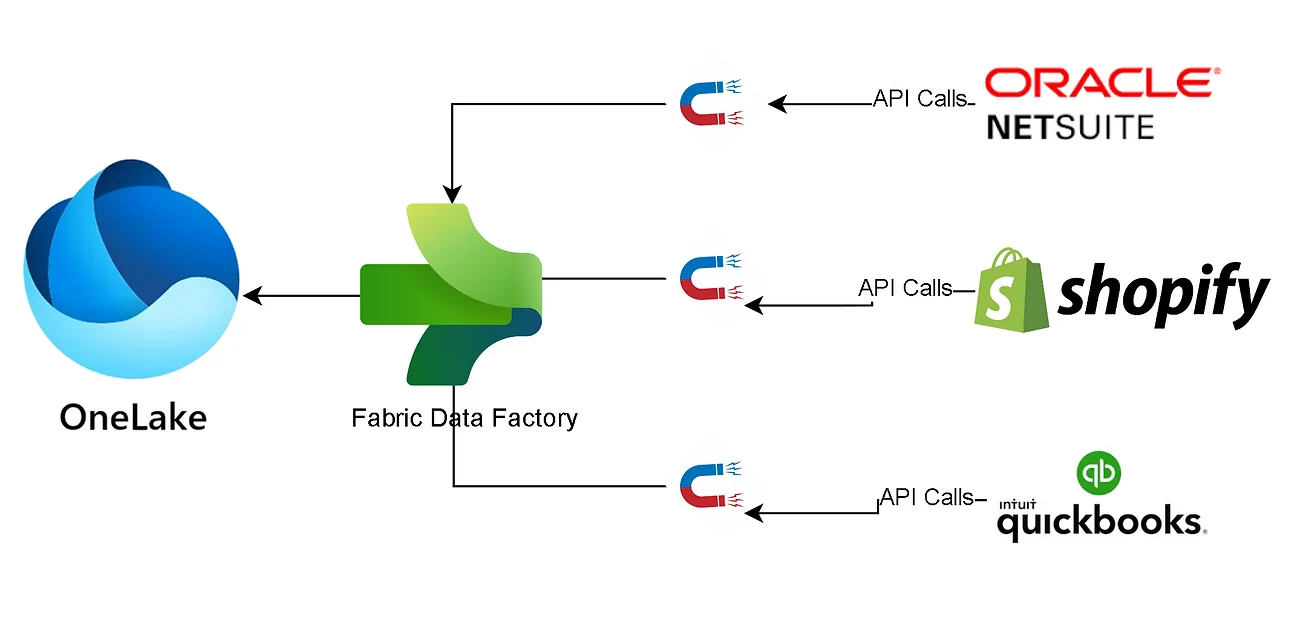
Practical Use Cases:
For instance, if your organization utilizes Amazon S3 for storing large datasets generated by IoT devices or analytical tools, you can create a shortcut in OneLake to access and analyze this data using Microsoft Fabric’s robust analytics capabilities. Similarly, if your marketing team stores campaign data in Google Storage, you can integrate this data into OneLake and perform comprehensive analytics without moving the data, thereby saving time and resources.
Transform Your Data Strategy with Microsoft Fabric
Experience the future of data integration and management. Schedule a Demo Now to see Microsoft Fabric in action and unlock its full potential.
Security and Compliance:
Moreover, maintaining data in its original location can help organizations adhere to specific regulatory requirements or data residency laws. Microsoft Fabric ensures that these shortcuts are secure and compliant with industry standards, providing peace of mind that your data is protected while still being easily accessible.
Microsoft Fabric’s ability to create shortcuts in OneLake for external cloud data storage is a game-changer for data integration. This innovative feature eliminates the need for physical data movement, simplifies data operations, and enhances the flexibility and accessibility of your data. Whether you’re working with data stored in Amazon S3, Google Storage, or other cloud platforms, Microsoft Fabric ensures that you can manage and analyze your data seamlessly, efficiently, and securely. This capability further solidifies Microsoft Fabric as a versatile and indispensable tool for modern data management strategies.
Handling Various File Types with OneLake Desktop App
Microsoft Fabric offers unparalleled flexibility when it comes to handling various file types, thanks to the powerful capabilities of the OneLake Desktop App. Whether you’re dealing with Excel files, CSVs, text files, or Parquet files, OneLake Desktop App makes it incredibly easy to bring all these different file types into Microsoft Fabric.
The OneLake Desktop App operates with the same simplicity and efficiency as OneDrive, ensuring a smooth and intuitive user experience. With this app, you can move files and folders into OneLake without the hassle of complex procedures or technical barriers. The familiar drag-and-drop interface allows you to manage your data effortlessly, enabling you to focus more on your analytical tasks and less on the intricacies of data management.
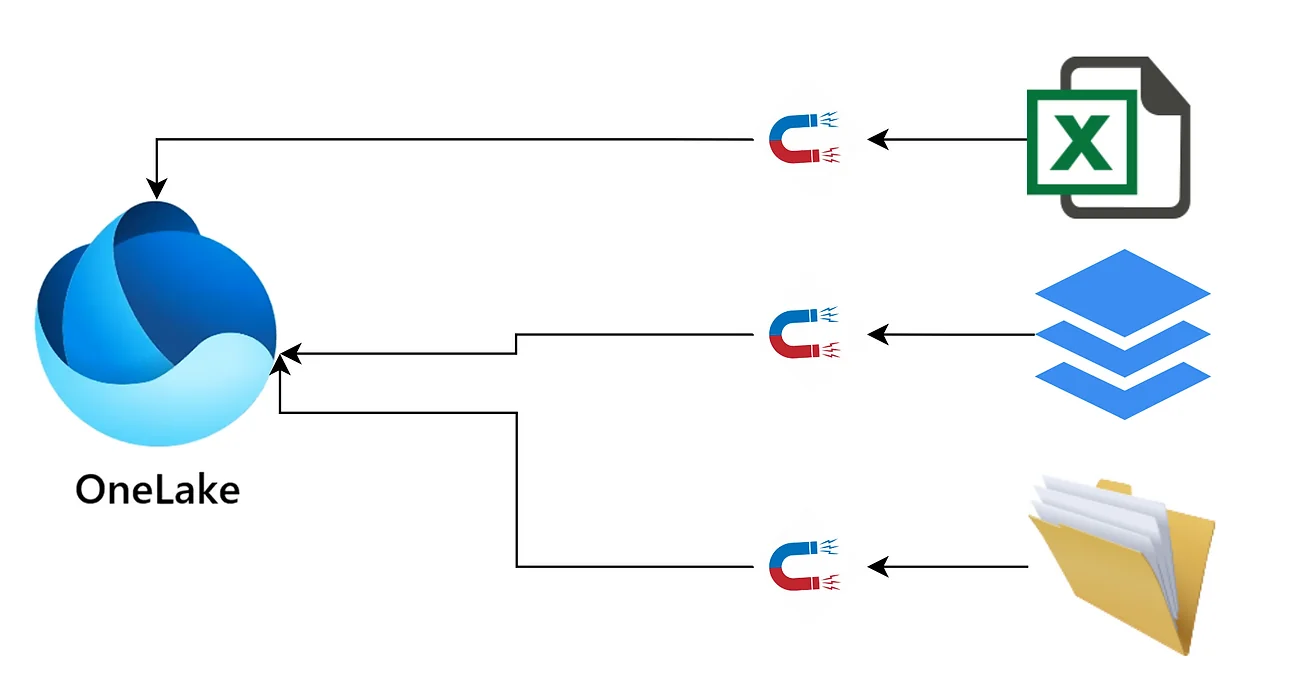
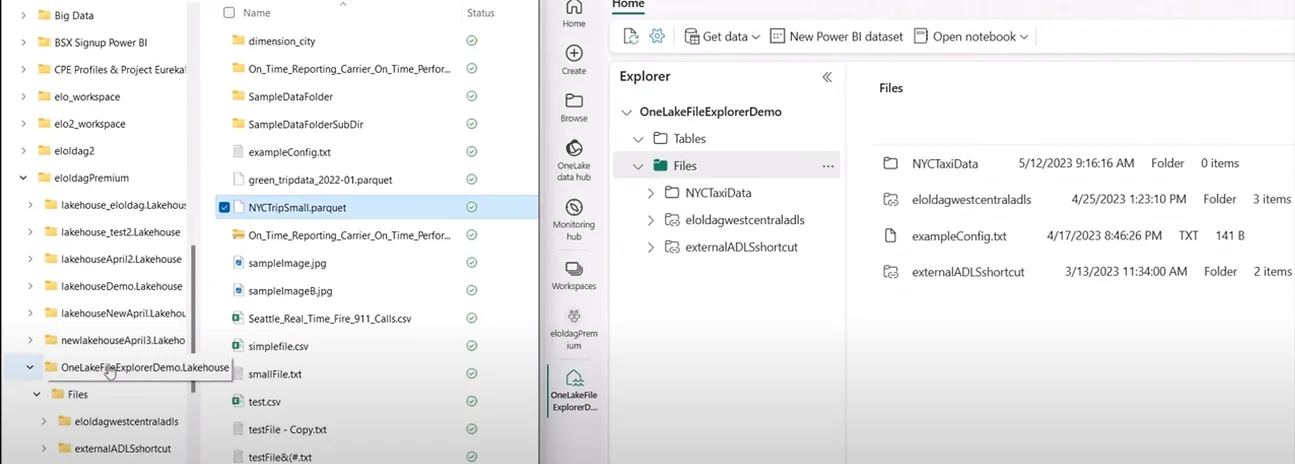
Universal File Format Conversion:
One of the standout features of OneLake Desktop App is its ability to convert any file type into Delta Parquet files upon ingestion. This conversion is automatic and seamless, ensuring that all your data, regardless of its original format, is standardized into a high-performance, query-ready format. Delta Parquet files are known for their efficiency and robustness, providing fast access and excellent performance for data querying and analytics.
Excel Files: Excel files, commonly used for data collection and preliminary analysis, can be directly imported into Microsoft Fabric. This allows users to leverage the rich analytical capabilities of Fabric without the need to manually convert Excel data.
CSV Files: CSV files, a staple for data exchange and reporting, are effortlessly handled by OneLake Desktop App. These files can be quickly ingested and converted, making them ready for immediate use in your data workflows.
Text Files: Text files, often used for logs and unstructured data, can be integrated into OneLake with ease. The app ensures that these files are properly formatted and stored as Delta Parquet files, enabling efficient querying and analysis.
Parquet Files: For those already using the Parquet format, the OneLake Desktop App preserves the integrity and performance of your existing Parquet files, seamlessly incorporating them into the OneLake ecosystem.
One of the most impressive features of Microsoft Fabric is its ability to facilitate data integration without necessitating physical data movement. If your data resides on another cloud platform and you prefer not to migrate it to Microsoft’s cloud, Microsoft Fabric offers a seamless solution through the creation of shortcuts in OneLake.
Versatile Data Usage Across Methods:
Once your files are stored in Delta Parquet format within OneLake, they are ready for querying and usage across various methods. Whether you’re working within a Data Warehouse, LakeHouse, notebooks, or semantic models, your data is instantly accessible and usable. This versatility is a key advantage of Microsoft Fabric, enabling you to apply your data in a wide range of analytical and operational scenarios.
- Data Warehouse: Utilize your integrated data for complex queries and business intelligence reporting.
- LakeHouse: Combine structured and unstructured data for comprehensive analytics and machine learning applications.
- Notebooks: Leverage Jupyter or other notebooks for interactive data analysis and exploration.
- Semantic Models: Build semantic models to enable intuitive data discovery and reporting for end-users.
Enhanced Collaboration and Data Sharing:
The OneLake Desktop App also supports enhanced collaboration and data sharing capabilities. By storing all files as Delta Parquet within OneLake, teams across the organization can access and work with the same high-quality data sets, ensuring consistency and accuracy. This centralized approach to data management fosters better collaboration and enables more effective data-driven decision-making.
Conclusion
Microsoft Fabric is revolutionizing data integration and storage by offering a comprehensive, user-friendly solution. Its ability to simplify complex processes and support a variety of data sources makes it an invaluable tool for data engineers and organizations looking to optimize their data strategy. With features like OneLake, mirroring capabilities, and seamless file integration, Microsoft Fabric truly is your ultimate data magnet.
Explore Recent Blog Posts



